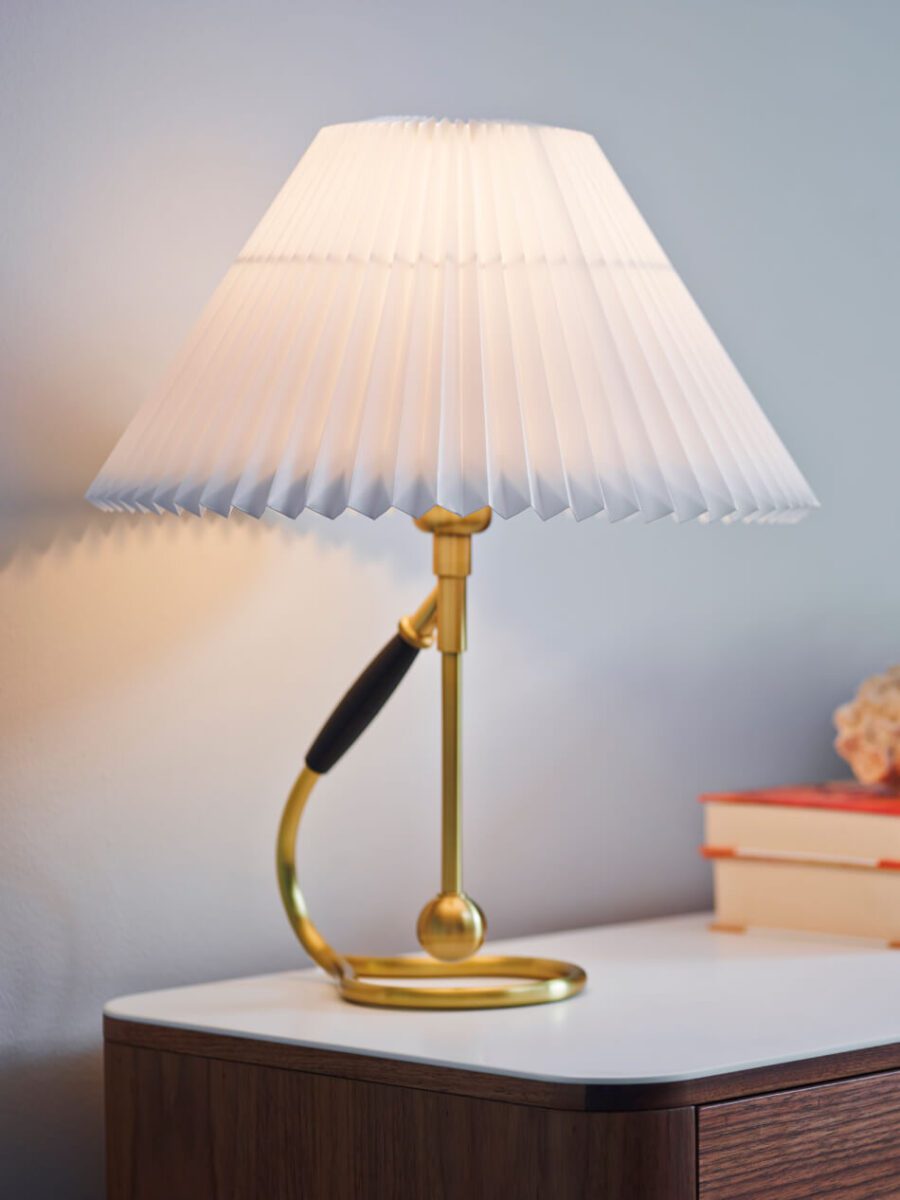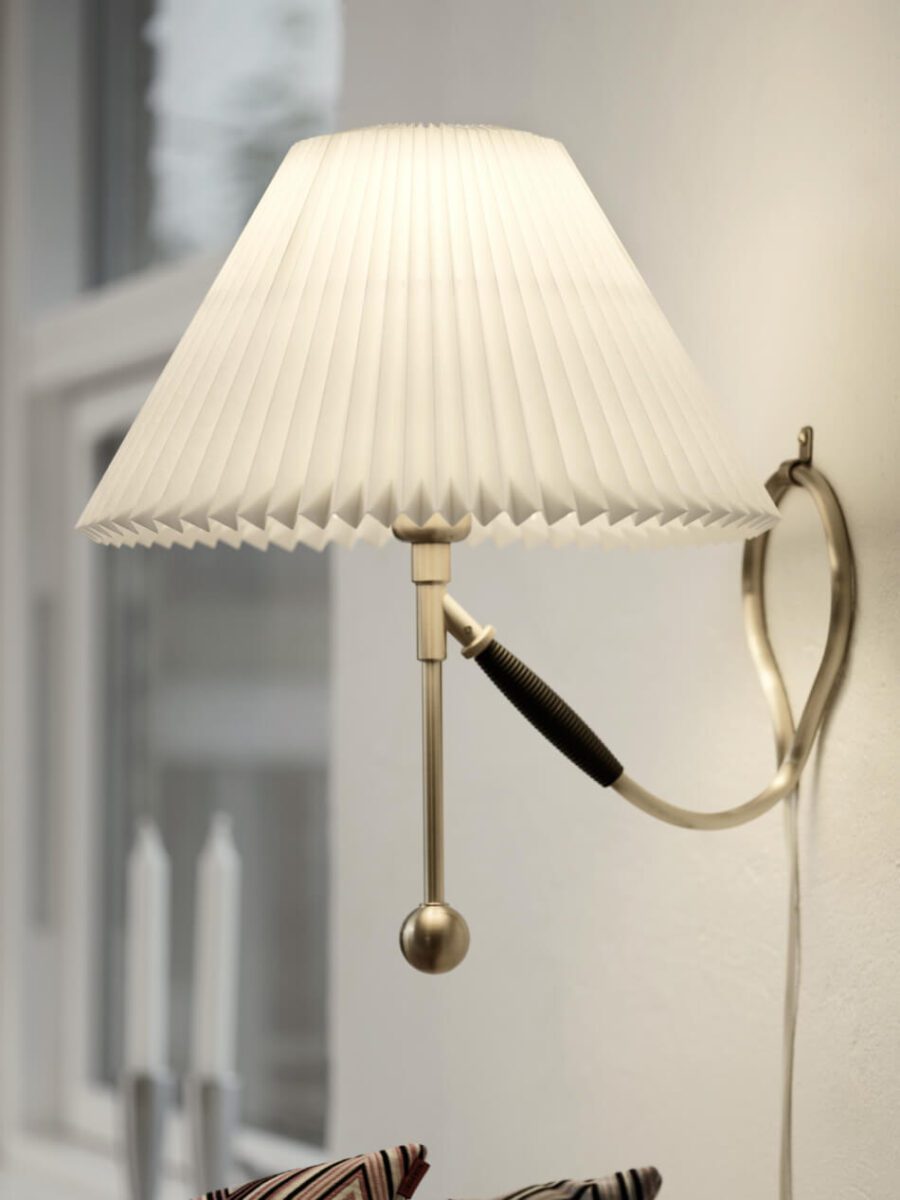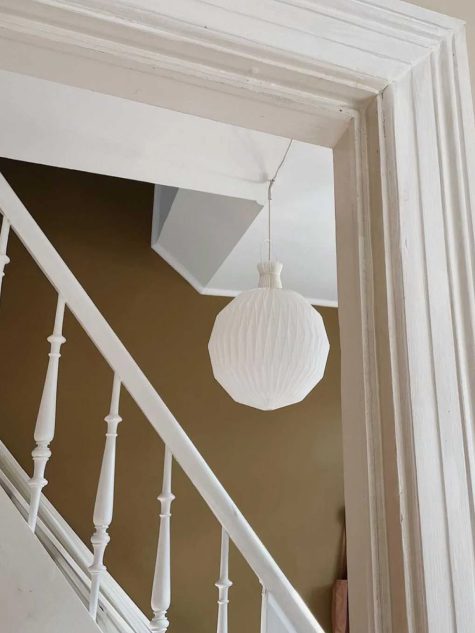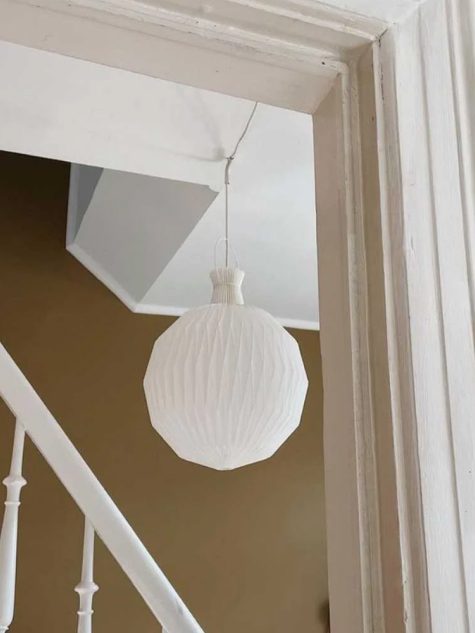Your bag is empty
Start shoppingKaare Klint
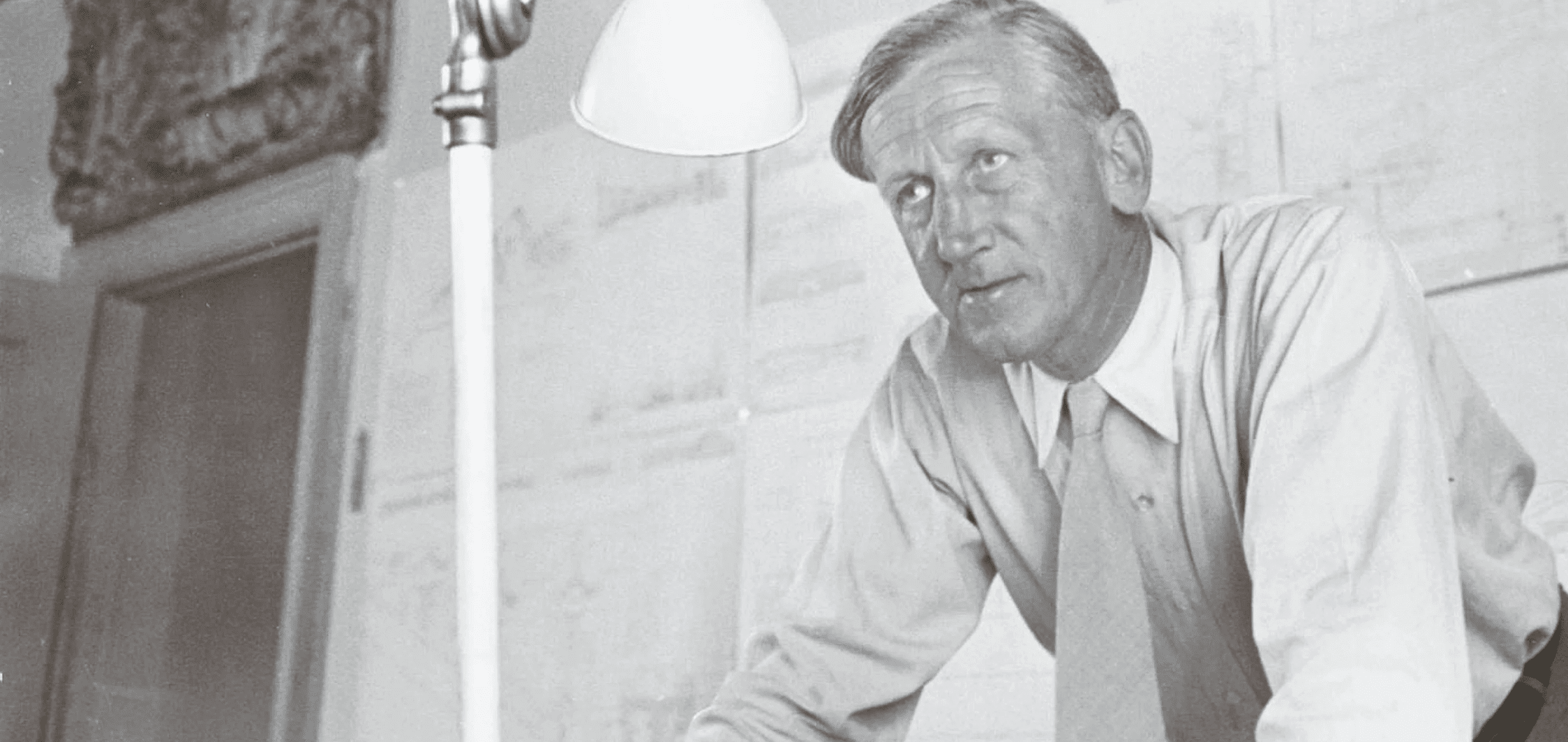
Kaare Klint began his journey as an apprentice under his father, P.V. Jensen Klint—the architect of Grundtvig’s Church—and later trained with architect Carl Petersen. From Petersen, he absorbed the Danish tradition of classical realism, drawing inspiration from artists like Abildgaard and Bindesbøll. Driven by a desire to create furniture with ideal proportions, Klint studied the human body’s measurements and movements, ensuring every piece was thoughtfully designed for function and form. In 1923, he joined the School of Furniture Design at the Royal Danish Academy of Fine Arts. He was appointed lecturer in 1924 and became a professor of architecture in 1944.
A Lasting Influence on Danish Furniture Design
Klint’s legacy is deeply embedded in Danish design. Through both his own creations and his role as an educator, he shaped a generation of influential Danish furniture designers. He championed the use of high-quality materials and impeccable craftsmanship.
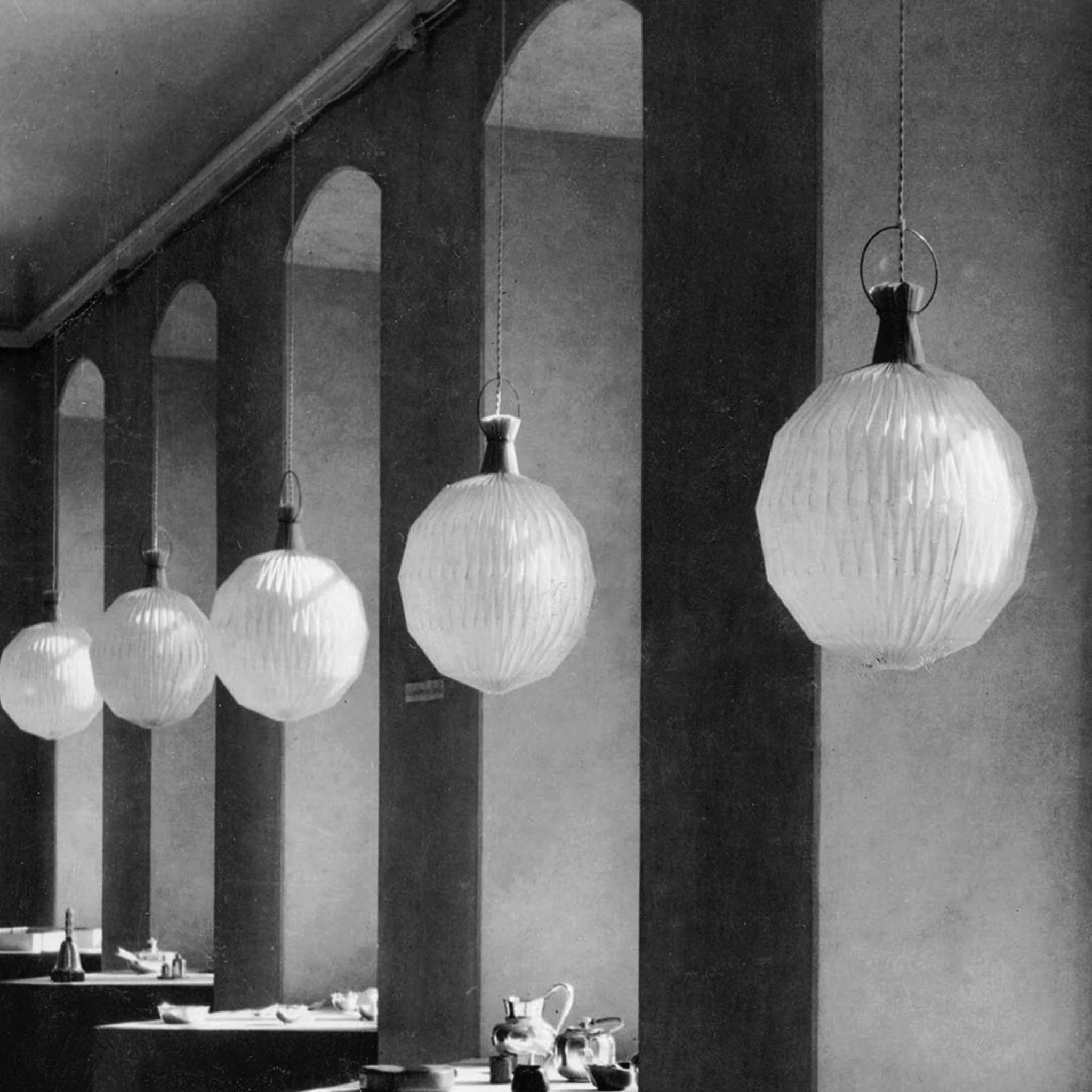
The Lantern (“Frugtlygten”, lit. “The Fruit Lamp”) hung nicely in a row at Designmuseum Denmark
Products from Kaare Klint
